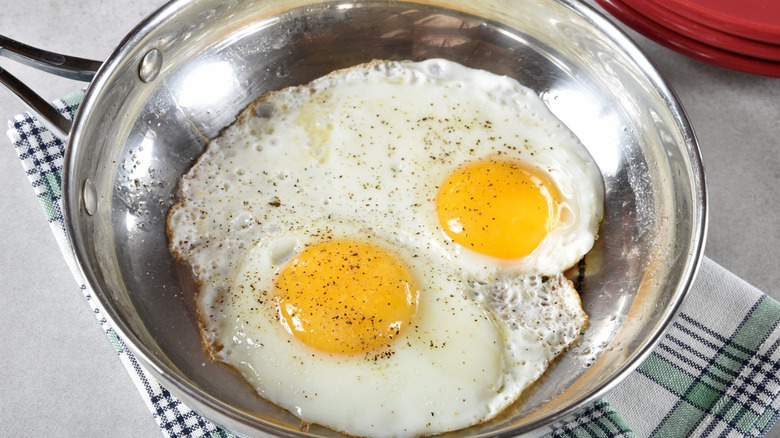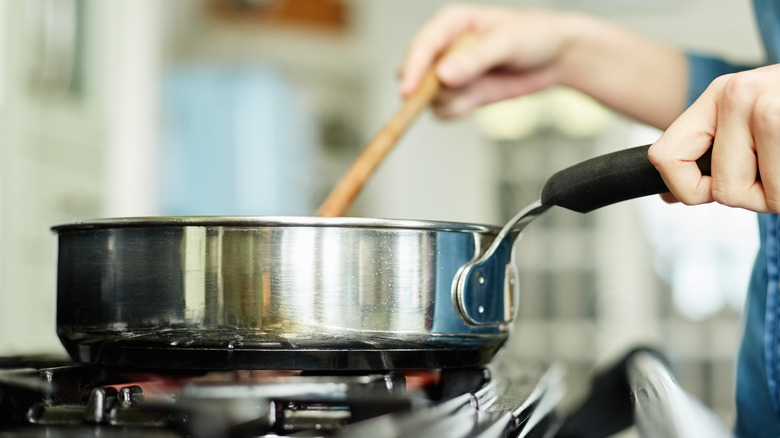How To Not Suck At Cooking Eggs In A Stainless Steel Pan
Cooking eggs can be delicate, especially when using a stainless steel pan. Pans made from this material are known for their durability, heat retention, and versatility in the kitchen. Their smooth surface, however, can make it challenging to cook eggs without them sticking or losing their delicate texture. In this guide, we will share essential tips and techniques to help you become a pro at cooking mouthwatering eggs that are fluffy, creamy, and perfectly cooked in a stainless steel pan.
Various cooking methods, including scrambled, sunny-side up, and over-easy, require slightly different techniques, but the underlying principles remain the same. By following straightforward guidelines, you'll be able to elevate your egg-cooking skills and impress your family and friends with delicious meals.
So, let's dive into the world of stainless steel pans and learn how to not suck at cooking eggs. Whether you're a beginner or an experienced home cook looking to improve your egg game, garnering consistent results and successfully cooking eggs in a stainless steel pan is achievable.
Tips for cooking with stainless steel
Preheat your stainless steel pan over medium heat for a few minutes to ensure even heat distribution, which will minimize the chances of the eggs sticking. Sprinkle a few drops of water onto the surface of the pan. If the pan is preheated correctly, the water droplets should form little bouncing balls, also known as the Leidenfrost effect. Add a small amount of butter or cooking oil and swirl around the pan to coat the surface evenly to create a non-stick layer. Using eggs at room temperature will promote even cooking, as cold eggs can cause the pan's temperature to drop significantly, leading to uneven results.
When it comes to scrambled eggs, use a silicone spatula to stir them while they cook gently. Avoid vigorous stirring, as it can break the eggs into small pieces, resulting in a less desirable texture. For sunny-side-up or over-easy fried eggs, allow the eggs to cook on one side until the whites are set and the edges are crispy. If desired, you can gently baste the top of the eggs with hot fat to ensure even cooking. Use a thin-edged spatula to slide underneath and gently remove the eggs onto your plate without breaking the yolks.
Remember that eggs continue to cook after being removed from the pan due to residual heat. To that end, remove the eggs from the pan when slightly undercooked; they will finish cooking on the plate.

